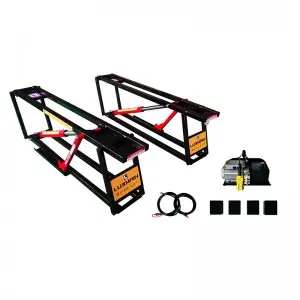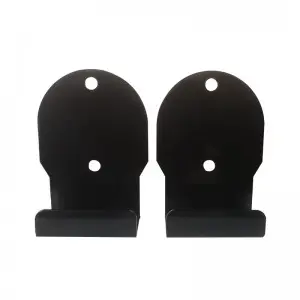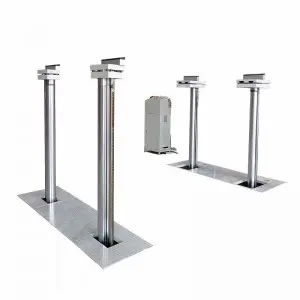
The Evolution of the AC Series: From Basic Cooling to Modern Smart Technology

The Evolution of the AC Series: From Basic Cooling to Modern Smart Technology

The Evolution of the AC Series: From Basic Cooling to Modern Smart Technology
For decades, air conditioning (AC) systems have been a staple in many households and commercial establishments. From the bulky and noisy window-type ACs to modern smart ACs with WiFi connectivity and app controls, the AC series has undergone numerous innovations and improvements to cater to varying needs and preferences.
The basic AC series was a simple machine that cools the air through a compressor, evaporator, and condenser. These units were commonly installed in windows or walls and were relatively inexpensive compared to other cooling systems. They were also easy to install and operate, making them a popular choice for homeowners and small businesses.
As technology advanced, so did the AC series. The central air conditioning system was introduced, which used a duct system to distribute cool air throughout the building. This system was more efficient and provided better indoor air quality than window ACs.
In the 1990s, the ductless mini-split AC systems were introduced. These systems comprised an outdoor unit that connects to one or more indoor units via refrigerant lines. They offered more flexibility in terms of installation and could be used in spaces where ductwork wasn’t possible.
Today, the AC series has evolved into smart technology. Smart ACs can be controlled via mobile devices and voice assistants, allowing users to turn on or off the unit, adjust the temperature, and other features from anywhere as long as they have an internet connection.
Smart ACs can also be integrated with other smart home devices, such as smart thermostats, sensors, and cameras, to create a comprehensive home automation system. Some smart ACs can even learn users’ habits and preferences and adjust the temperature and other settings accordingly.
In addition to smart features, modern ACs are also designed with energy efficiency in mind. They use advanced compressor technology, such as inverter compressors, which adjust the cooling capacity based on the room’s temperature and other factors, to save energy and reduce utility bills.
Another innovation in the AC series is the use of eco-friendly refrigerants, such as R-410A, which have lower global warming potential than traditional refrigerants like R-22. These refrigerants also have better cooling properties, reducing energy consumption and environmental impact.
In conclusion, the AC series has come a long way from basic cooling machines to sophisticated smart technology. With energy efficiency, eco-friendly refrigerants, and advanced features, modern ACs are designed to provide optimal comfort while minimizing environmental impact and reducing utility bills. As technology advances further, we can expect the AC series to evolve and continue meeting the changing needs and preferences of consumers.Quick Lift

